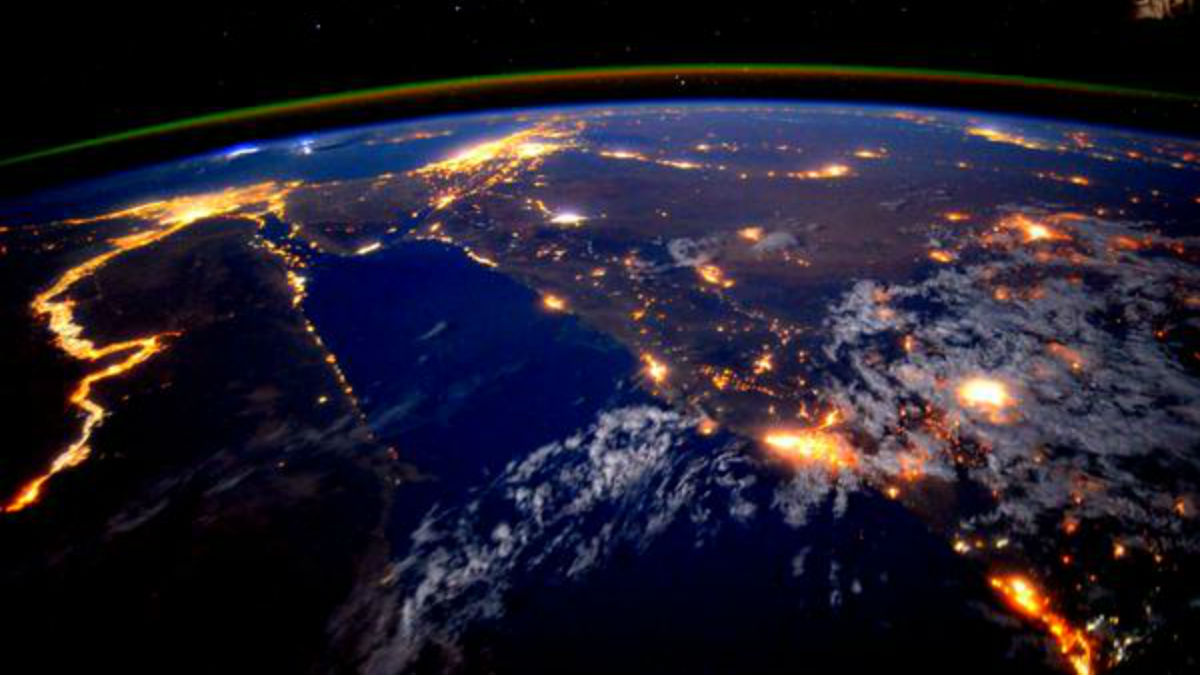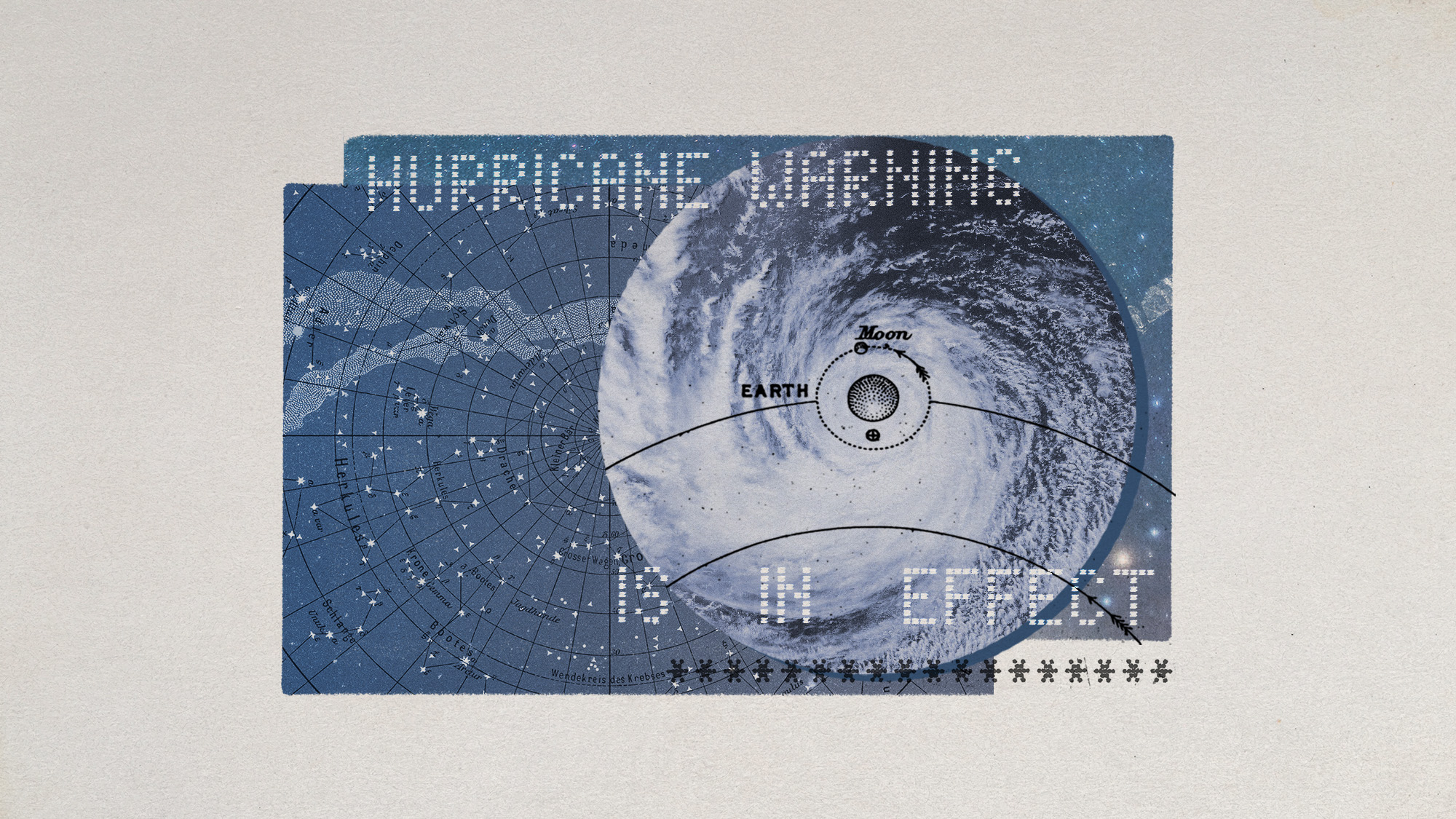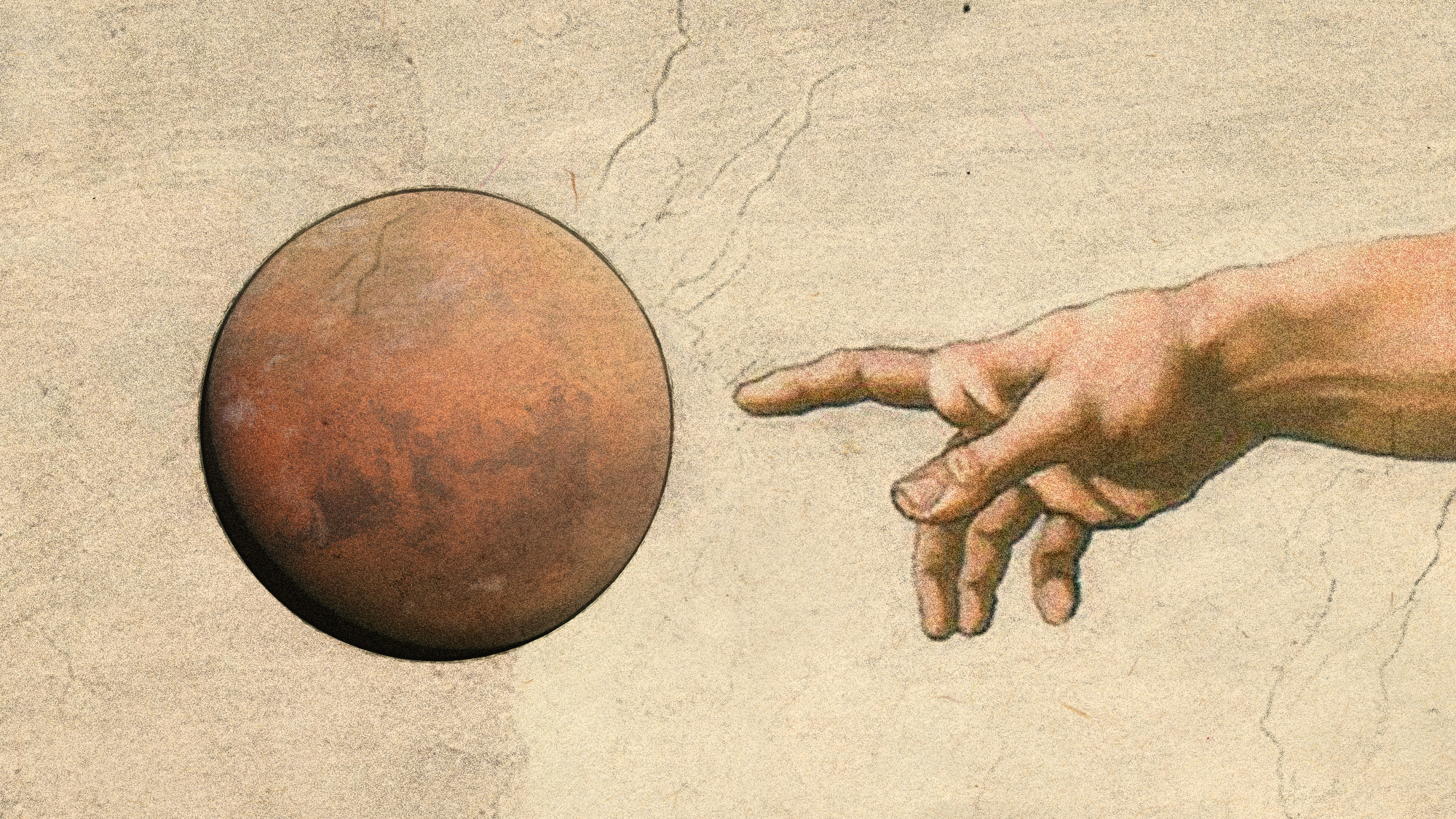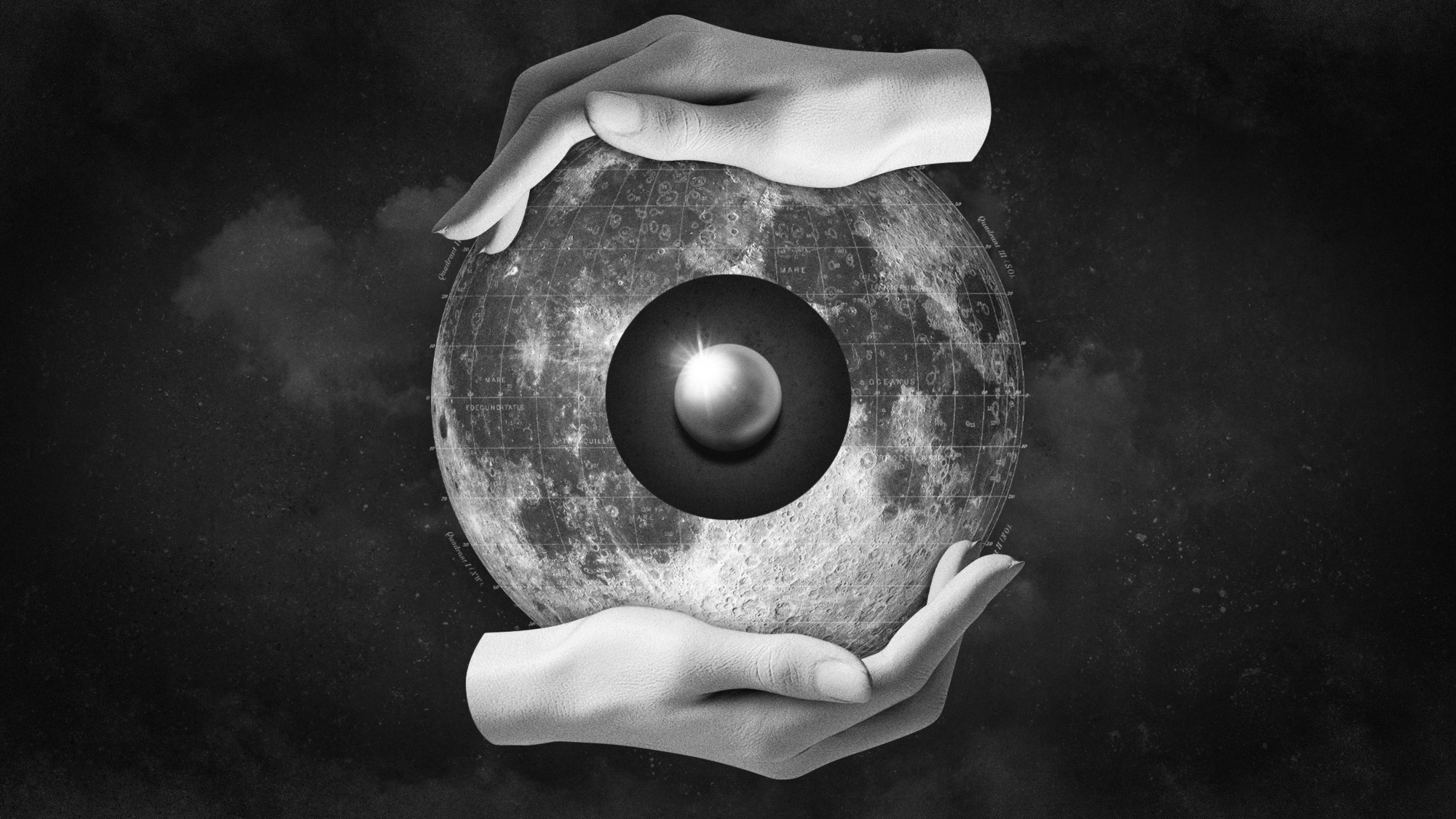The secret planet Nibiru and 5 other space conspiracies
After two false alarms, the giant rogue planet is back to threaten life on Earth

Nearly five years ago, Nasa went to some lengths to debunk the idea that a giant planet called Nibiru would swing in from the outskirts of our solar system, crash into Earth and wipe out humanity in 2012.
However, its efforts were not entirely successful, and the conspiracy theories are back. "Will the 2017 solar eclipse cause a secret planet called 'Nibiru' to destroy Earth next month?" the Daily Telegraph asked this week.
The short answer appears to be no, but the idea is suprisingly persistent. It was first proposed in 1995 by Nancy Lieder, from Wisconsin, who claimed she could contact aliens from the "Zeta Reticuli" star system. She warned that Nibiru would collide with Earth in May 2003, but when no cataclysmic event occurred her followers chose December 2012 as the new date for a collision, neatly coinciding with the end of the Mayan calendar.
The Week
Escape your echo chamber. Get the facts behind the news, plus analysis from multiple perspectives.

Sign up for The Week's Free Newsletters
From our morning news briefing to a weekly Good News Newsletter, get the best of The Week delivered directly to your inbox.
From our morning news briefing to a weekly Good News Newsletter, get the best of The Week delivered directly to your inbox.
The Earth remains intact and a giant rogue planet is yet to be spotted, but space conspiracy theories remain as popular as ever. Here are five perennial examples:
The Rosetta comet is an alien ship
The Rosetta mission made history in 2014 when its lander Philae became the first spacecraft to touchdown on a comet – but conspiracy theorists suggested it was all a guise for something even more extraordinary. An email published on UFOSightingsDaily.com said Comet 67P/Churyumov–Gerasimenko was actually some sort of alien spaceship. The sender, who claims to be a whistle-blower from the European Space Agency, accuses the ESA and Nasa of "blatant cover-ups" and insists that "Comet 67P is NOT a Comet". The writer claims that the Rosetta mission is concealing a secret exploration of the mystery object, which has apparently been transmitting radio signals for years and can change trajectory at will. "ESA's confirmation that the comet had been emitting a 'mystery song' has fuelled theories that it is in fact an alien ship and the warbling is an extra-terrestrial attempt at communication," The Guardian wrote at the time.
Moon landing
A free daily email with the biggest news stories of the day – and the best features from TheWeek.com
The idea that Nasa faked the first moon landing continues to be one of the biggest conspiracy theories about space. Those who think the Apollo astronauts did not land on the moon in 1969 frequently point out that there are no stars in the photographs, that shadows fall in strange directions and that Buzz Aldrin's American flag appears to be flapping as if there is wind on the airless lunar surface. Many scientific commentators have published detailed rebuttals to the hoax claims, but the theories continue to circulate.
Roswell
Roswell is often described as the ultimate landmark event in UFO history and has fuelled speculation about alien life for decades. It began with a press release from Roswell Army Air Field, which reported that a "flying disk" had crashed on a ranch in July 1947, but the story quickly changed and it was soon claimed that the object was just a weather balloon. One of the military officers involved later claimed the wreckage was "not of this world" and believed his superiors were covering up an alien spacecraft. Another man claimed his friend had witnessed doctors at the time examining three creatures with small bodies, spindly arms and giant bald heads.
The Earth is flat
There was a general consensus that the world was flat, before the ancient Greeks figured out it was likely to be round. Yet thousands of years later, in 1956, Englishman Samuel Shenton started an organisation called Flat Earth Society claiming that the Earth was not spherical after all. His son Daniel continues the society today, with 554 members. The leading flat-earth theory is that our planet is a disc with the North Pole at the centre and Antarctica a 150ft wall of ice around the rim. Nasa employees are said to guard the wall to stop people from climbing over and falling off the world.
The face of Mars
Two Nasa missions to Mars in the 1970s sent back images of an area of the planet's surface that looked vaguely like a face. Author Richard Hoagland became convinced that it was a face – evidence that aliens had landed on Mars and built a city. When new satellite images revealed that it was just an elevated area of land that had eroded, Hoagland argued that Nasa had doctored the pictures. Commentators suggested Hoagland's theory was an example of pareidolia, the human tendency to read significance into random or vague stimuli – which happens when humans see faces in clouds or Jesus in toast.
-
 Political cartoons for December 23
Political cartoons for December 23Cartoons Tuesday's political cartoons include an eye on CBS, cracking the middle class, and Donald Trump's name on everything
-
 Women carrying Christmas
Women carrying ChristmasTalking Point As the Christmas frenzy ramps up, many mums feel the pressure of ‘keeping the whole sleigh on the road’
-
 Is Keir Starmer being hoodwinked by China?
Is Keir Starmer being hoodwinked by China?Today's Big Question PM’s attempt to separate politics and security from trade and business is ‘naïve’
-
 Blue Origin launches Mars probes in NASA debut
Blue Origin launches Mars probes in NASA debutSpeed Read The New Glenn rocket is carrying small twin spacecraft toward Mars as part of NASA’s Escapade mission
-
 ‘The Big Crunch’: why science is divided over the future of the universe
‘The Big Crunch’: why science is divided over the future of the universeThe Explainer New study upends the prevailing theory about dark matter and says it is weakening
-
 The moon is rusting
The moon is rustingUnder the radar The Earth is likely to blame
-
 Panspermia: the theory that life was sent to Earth by aliens
Panspermia: the theory that life was sent to Earth by aliensUnder The Radar New findings have resurfaced an old, controversial idea
-
 Africa could become the next frontier for space programs
Africa could become the next frontier for space programsThe Explainer China and the US are both working on space applications for Africa
-
 Hurricanes are not exclusive to Earth. They can happen in space.
Hurricanes are not exclusive to Earth. They can happen in space.Under the radar These storms may cause navigational problems
-
 Answers to how life on Earth began could be stuck on Mars
Answers to how life on Earth began could be stuck on MarsUnder the Radar Donald Trump plans to scrap Nasa's Mars Sample Return mission – stranding test tubes on the Red Planet and ceding potentially valuable information to China
-
 The treasure trove of platinum on the moon
The treasure trove of platinum on the moonUnder the radar This kind of bounty could lead to commercial exploitation